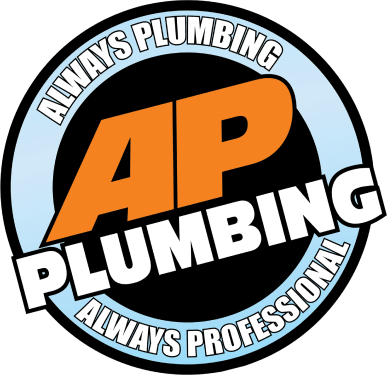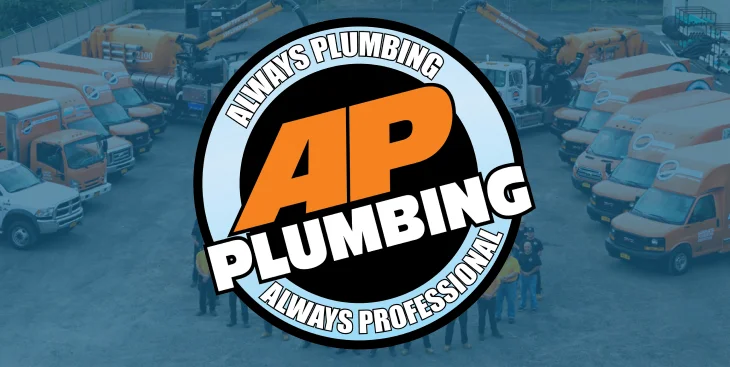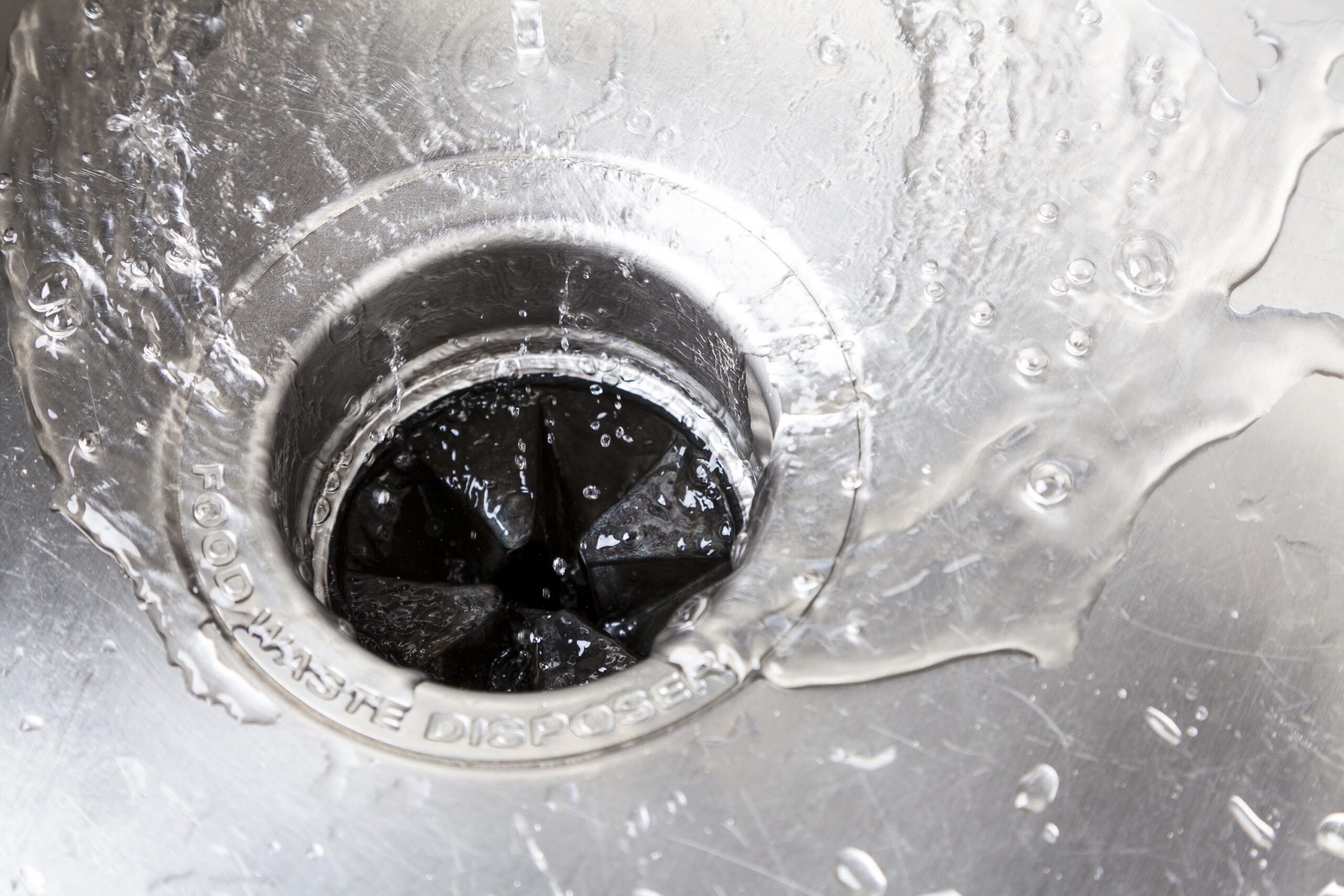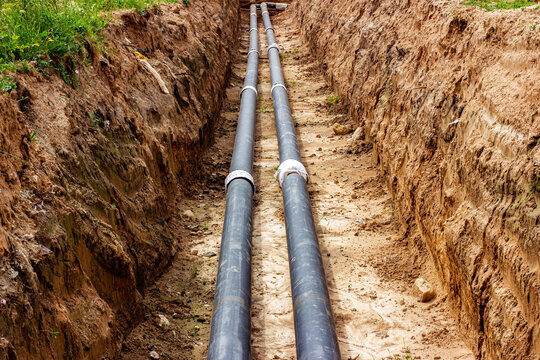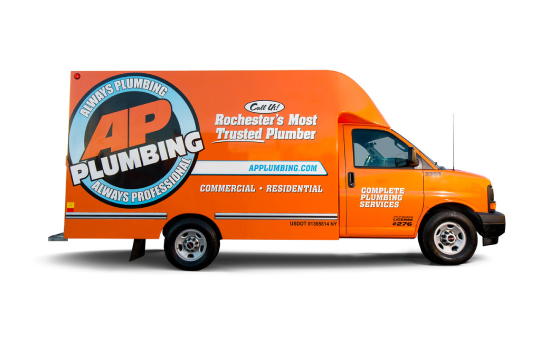When temperatures drop below freezing, one of the most serious threats to your home’s plumbing system is frozen pipes. A frozen pipe can quickly turn into a burst pipe, flooding your home and causing expensive water damage. Knowing the signs of frozen pipes and how to respond can help you act fast and protect your home from disaster.
Why It’s Important To Catch Frozen Pipes Early
Frozen pipes are essentially a ticking time bomb. As water freezes, it expands, creating immense pressure inside the pipe. This pressure can cause even the strongest pipes to crack or burst, releasing gallons of water once they thaw. The earlier you detect a frozen section, the greater your chance of preventing costly damage. Fast action also helps restore water service more quickly, especially during prolonged cold spells.
Signs of Frozen Pipes
Not sure if your pipes are frozen? Knowing how to if tell if pipes are frozen can prevent the mess of a burst pipe, so here are the most common signs to look out for:
- No water or very low water pressure: If you turn on a faucet and only a trickle comes out, it could mean a section of the supply line is frozen.
- Frost on the outside of pipes: Visible frost or ice on exposed pipes is a clear warning that the interior water may already be frozen.
- Unusual smells: Frozen pipes can block airflow, pushing unpleasant odors from drains or faucets back into your home.
- Bulging or cracked pipes: Ice buildup can cause pipes to swell or distort, a major red flag that pressure is building inside.
- Strange noises: Clanking, bubbling, or banging sounds can indicate ice shifting or water struggling to flow through a frozen section.
What To Do If Your Pipes Are Frozen
If you suspect a frozen pipe, shut off your home’s main water supply right away. This helps prevent flooding if the pipe bursts while thawing. Next, open nearby faucets to relieve pressure and start gently warming the frozen area using a hair dryer, heating pad, or warm towels. Never use open flames or blowtorches, as they can damage pipes or cause fires.
If you cannot locate the frozen section, or if a pipe has already burst, contact a licensed plumber right away. Professional plumbers have the right tools and experience to safely thaw pipes and repair any damage before it worsens.
Tips for Preventing Frozen Pipes Before They Happen
Fortunately, frozen pipes are largely preventable with a few simple precautions. Follow these plumbing winter tips in Rochester, NY, and the surrounding areas to prevent your pipes from freezing:
- Insulate exposed pipes: Wrap pipes in unheated areas such as basements, garages, or crawl spaces with pipe insulation or heat tape.
- Keep a slow trickle of water running: Letting faucets drip slightly during extreme cold can help prevent freezing by maintaining water movement.
- Open cabinet doors: Allow warm air to circulate around plumbing under sinks, especially those along exterior walls.
- Seal drafts: Use caulk or insulation to close gaps where cold air can enter near pipes.
- Maintain indoor heat: Even when you’re away, keep your thermostat set above 55°F to help prevent pipes from freezing.
With these burst pipe prevention tips, you can have peace of mind this winter.
Schedule Pipe Repairs With AP Plumbing
Since 1986, AP Plumbing has helped homeowners protect their plumbing systems with reliable, honest service. Our licensed and insured plumbers are background-checked, highly trained, and proud members of Nexstar, maintaining the highest standards of professionalism. As a Certified Delta Service Provider, we ensure quality repairs and top-of-the-line products. You can also trust us for no surprise charges and a commitment to community with annual donations supporting Homesteads For Hope, Lollypop Farm, and CP Rochester.
If you suspect your pipes are frozen or damaged, don’t wait until they burst. Schedule your pipe repair or plumbing service with AP Plumbing today to protect your home before the next cold snap hits!


